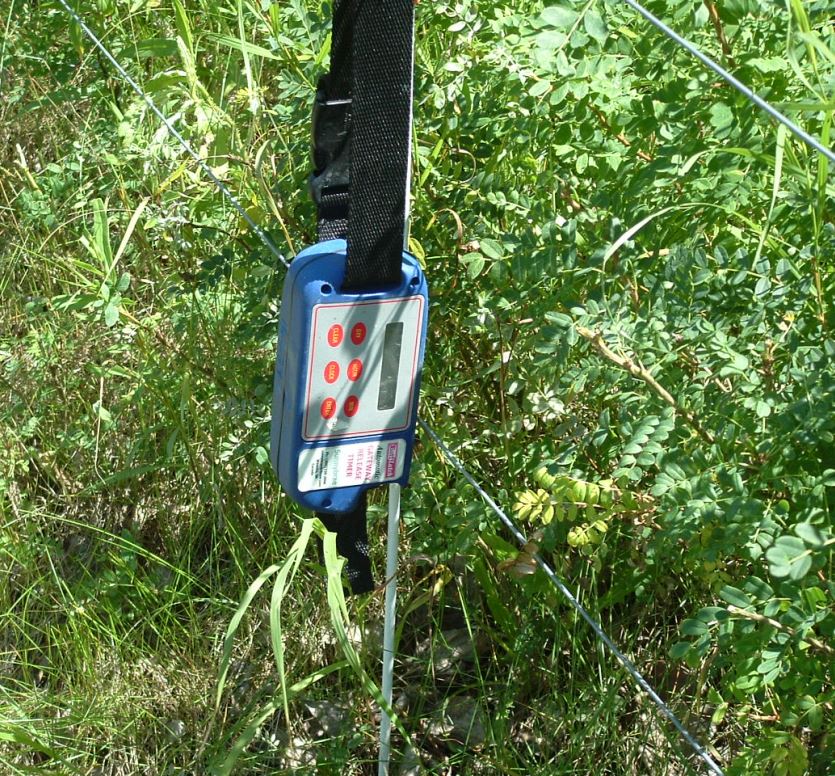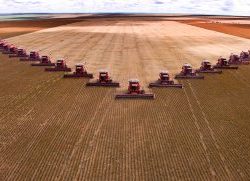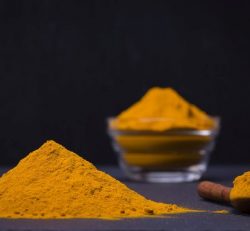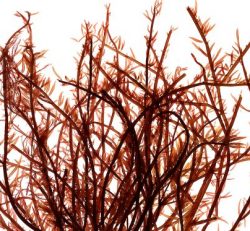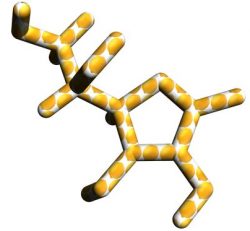WANT FREE LAND? USE ANIMAL IMPACT TO INCREASE PRODUCTIVITY
Saskatchewan cattle producer, Neil Dennis is sometimes called an “Extreme Grazer”, and there’s no doubt that he is Western Canada’s foremost expert on high-stock density grazing, writes Angela Lovell.
Dennis is a sought-after speaker who happily shares what he’s learned about the effects of animal impact on pasture health and herd productivity. Since adopting and perfecting various high-stock density grazing techniques on his ranch near Wawota, Dennis has more than doubled the carrying capacity of his land, reduced mineral supplementation by 90 per cent, and dramatically increased the amount of beef per acre he produces.
“In 2004 I grazed 396 head on 1,193 acres, which means I needed 3.02 acres per animal,” says Dennis. “By 2006 I had 801 head and was only using 1,082 acres, so my land requirement for each animal was only 1.35 acres.”
That same year, Dennis’ custom-grazed heifers gained $1.71 lbs per animal per day and by the time they left the farm they had gained 206 lbs which meant he was producing 152 lbs of beef per acre. By comparison, a neighbour’s steers using more land per animal because they were grazing conventionally only produced 68.75 lbs of beef per acre.
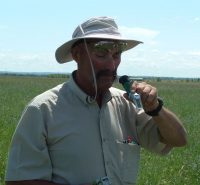
“When you start using animal impact to help improve your pasture, within a few years the microbial activity, and earthworms, and everything else starts working together,” says Dennis, who says ensuring the ground is covered at all times – either with growing plants or trampled litter – is essential for soil health and good water infiltration.
“I’m building soil health because when you get a deeper root system it takes the carbon down deeper into the soil, and when you leave more litter on top the land stays moist, so earthworms work longer to recycle all the litter on the ground. As the health of the land improves, my cattle have become healthier, and I have almost eliminated mineral supplements.”
What Dennis means by high stock density – which he also calls mob grazing – varies. It can range anywhere from 800 to 1,000 head on one acre or half an acre, depending on what he’s trying to achieve.
|
Regardless of the number of animals, recovery time is essential to maximize the benefits of animal impact to the soil and pasture re-growth, says Dennis, who aims for at least 80 days recovery time on each paddock. Dennis divides his pastures into smaller paddocks and he rotates the cattle through them, moving them eight to 10 times a day.
In late spring and early summer when the plants are growing fast Dennis skim grazes his cattle; only taking 40 per cent or less of the leaf material – which contains most of the sugars – and leaving behind enough leaf material so the plants recover more quickly. As plant growth slows later in the season he allows the cattle to take more leaf material but never more than two-thirds. “If you remove 80 per cent of the leaves the plant root stops growing for 12 days, and if you take 90 per cent of the leaf it stops for 18 days,” says Dennis. “So if you do that during the best growing time in the year you lose a lot of production.”
Dennis’ grazing plan generally ensures that each pasture is grazed only once during the season, which also provides him with some stockpiled pasture for the following spring.
The only time Dennis allows cows to stay in one place for a longer period and eat the plants down closer to the ground is if he has a weed issue in a specific area or he wants to achieve a “deep massage”. Deep massage is a technique to speed up pasture rejuvenation.
In 2007, Dennis deep massaged a less productive one-acre paddock by grazing at a very high stock density – around one million/lbs per acre – in the early spring and let the animals eat and trample the grass down hard to the ground.
After allowing a 24 day recovery he rolled out hay bales in rows and let the herd back in again at a high enough stock density to trample and completely cover the area with hay residue in one day. After leaving the paddock to recover for 123 days he re-grazed it in August, and achieved 111.4 animal days per acre (ADA) as opposed to 23 ADA before the deep massage. “Within two years I had over 40 different species of grasses and legumes in these paddocks that used to be straight crested wheat grass,” says Dennis. “It’s a good way to supercharge a pasture and not cost any money.”
There is no magic number for stocking density and variation is a good thing, says Dennis. “The most important thing is recovery,” he says. “You can hit it really hard but you have to give it longer to recover. With stock density you want to be all over the board – one time you might be a million lbs and you might drop to 100,000 the next time – any rigid system fails because nature is about variables. There are always different conditions and there is no right or wrong way to do it. There’s just got to be a lot of animal impact. It’s a bit more work at first but once the land gets healthier and you start to get more productivity per acre, it’s like having free land.”
Sidebar: Batt-Latch Makes Moving Cattle Effortless
Cattle producers who are seriously committed to a rotational grazing system can move their animals to a new paddock several times a week, or even several times a day, which means a lot of temporary electric fence gates to open and close.
The Batt-Latch – manufactured by Novel Ways of New Zealand – makes the job a lot easier.
The Batt-Latch is a solar-powered, automatic gate release timer which opens the temporary gate and allows cows into the next paddock without having to physically drive out to the pasture.

A producer pre-programs the Batt-Latch for the time he wants the gate to open, and attaches it to one fence post with an adjustable webbing strap. The bungee cord supplied attaches to the latch cam then stretches across the gate entrance and clips to the other post or wire fence.
At the pre-set time, a battery powered internal motor turns the cam 360 degrees to release the spring gate, allowing the cows to pass through to the next paddock.
For more information visit the manufacturer’s website at http://www.novel.co.nz/webapps/site/76545/134711/shopping/shopping-view.html?pid=356247
Why is Brix Important?
Brix is a scale used to measure sugar content, and can give producers a good idea of how healthy and nutritious their pastures are.
Using a simple tool called a refractometer producers can easily measure sugar content of the grasses and other plants in their pasture using the Brix scale. Crush the plant material with a garlic crusher to extract some juice onto the device, and then look through the eyepiece to see a line intersecting a number. The higher the number is, the higher the percentage of sugar is present in the plant sap.
The sugar content of plants is important not only because sugar provides energy to grazing cattle, but because the plant exudes half the sugar it produces through its roots, it also feeds the soil biology. In exchange the micro-organisms in the soil convert minerals into a form that the plants can use.
——————-
Angela Lovell
Freelance journalist
Angela Lovell is an established independent writer and editor based in rural Manitoba, Canada. She has written extensively for the agricultural, business, and health services industries for more than 25 years. Check out her website at http://alovell.ca/
Source: www.thecattlesite.com


